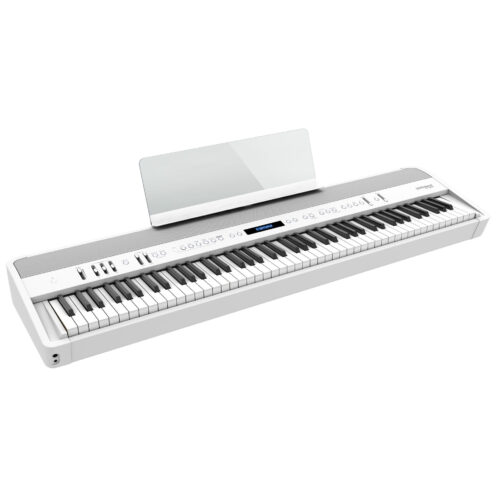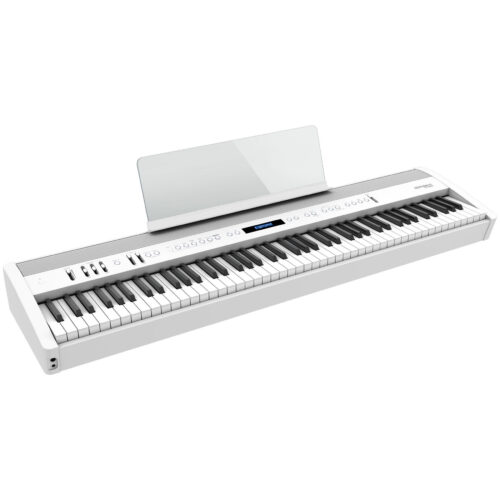Labeling your piano keys can help you in many ways if you’re learning the piano. Labeling your piano will help you memorize the notes more quickly, understand the visual pattern on the piano, read piano sheet music faster, and much more! In this article, we will give you a few tips on labeling your piano keys:
How To Label Your Keys
There are several ways you can label your piano keys. First, you must choose a technique that best fits your piano. For instance, you could mark the piano keys on an expensive grand piano differently than on a low-cost digital piano. Or you might choose to only label the piano keys that you need. Here are a few different ways you can label your piano:
- Colored Stickers – Use colorful stickers as one tactic. You can mark groups of keys with a specific color instead of labeling each key with its corresponding letter. All the C notes, for instance, might be red, all the E notes blue, and all the F notes green. With this technique, you can create mental images of the piano keyboard’s recurring patterns and color connections with the various notes.
- Markers –Using a marker is another tactic for marking keys. Marking piano keys using a permanent marker may be acceptable if you have a cheap digital piano. However, markers can’t be erased, and you may get marker pigment on your fingers.
- Piano Stickers –Using pre-made piano stickers is a popular alternative among beginners. These pre-made stickers, which frequently suit the piano keyboard diagram, are a quick method to learn all the keys.
- Dry Erase Pen – Use a dry-erase marker if your digital piano is less expensive. A dry-erase marker is preferable to a permanent marker since it can be removed and cleaned. You would, however, leave your piano lesson with the marker still on your fingers.
The White Keys
On the piano, all white keys are basic letters, meaning they don’t contain a flat (f) or a sharp (s). Because of this, identifying the white keys is very easy to do. First, find the middle C note. Then, mark D, E, F, G, A, and B, and then return to middle C by moving one white key to the right. Just like that, you’ve marked one octave on the piano keys.
The Black Keys
Let’s move on to the black keys now that you have the labels for the white keys. There are two groups of two black keys and one group of three black keys in one octave. There are 10 distinct names for these five black keys. Moving up the scale, you can read the names as sharps. Starting from middle C, the first black key you encounter is C#, followed by D#, F#, G#, and A#. The following keys, however, can be read as flats: D, E, G, A, and B. Look at this illustration below: 
Conclusion
Congratulations, you have successfully labeled all of your keys on your piano! We hope these tips on labeling your piano keys help you thrive in your piano learning. If you have any more questions about learning to play the piano, we can help you. If you want to purchase your dream piano, check out our new and used pianos, and contact us! For any questions, chat with us, fill out a form, or call us at 615-771-0020! Our hours are Monday-Saturday from 10 am to 6 pm. We are here for you.












